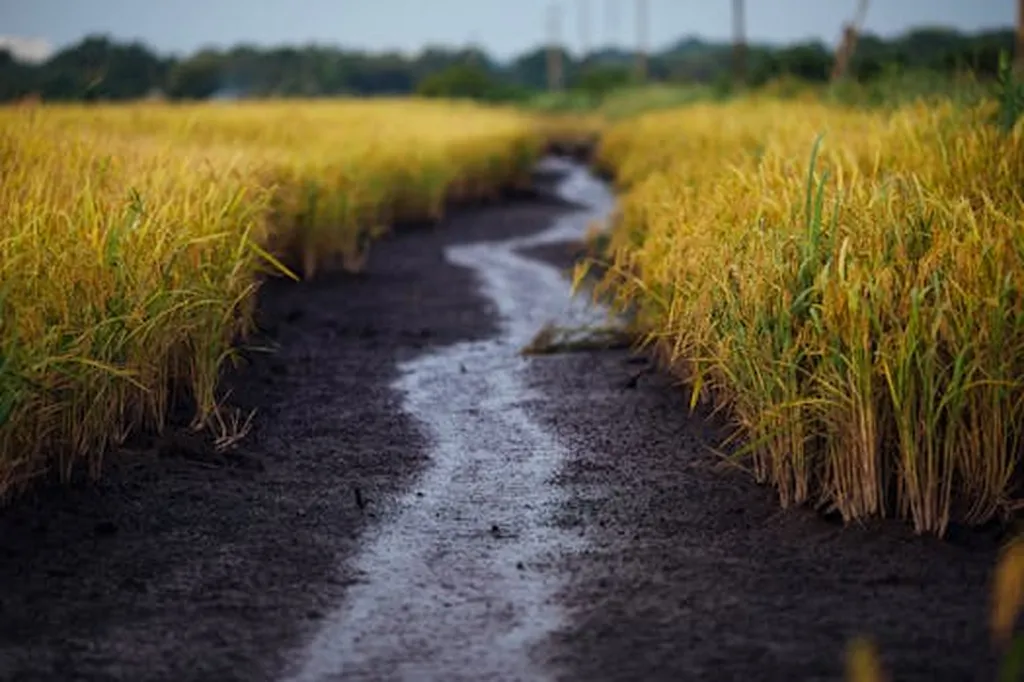In the heart of Yunnan Province, a groundbreaking study is revolutionizing the way we understand soil fertility and agricultural productivity. Led by Ziyang Li from the Yunnan Institute of Geological Sciences, the research leverages the power of hyperspectral data from the ZY1-02D satellite to uncover the intricate relationship between soil potassium (K) and phosphorus (P) content and spectral data. This innovative approach promises to enhance the quality and efficiency of the unique agricultural product, “Zhefang Gongmi” rice, in Yingjiang County.
The study, recently published in *Scientific Reports* (translated to *Nature Research: Scientific Reports*), utilized AHSI hyperspectral data from the ZY1-02D satellite, combined with geochemical data from 856 soil sampling points. By employing advanced spectral enhancement techniques such as Savitzky-Golay filtering, Minimum Noise Fraction (MNF) transformation, continuum removal, and third-order differential transformation, the researchers constructed precise inversion models for K and P elements using Extreme Learning Machine (ELM).
One of the key findings of the study is the significant correlation between potassium content and hyperspectral data in vegetated areas, which reached up to 0.55. “The correlation of potassium content was significantly higher in the vegetated area compared to the bare area,” explained Li. “This indicates that vegetation plays a crucial role in enhancing the spectral response of soil potassium.”
The study also revealed that phosphorus showed a higher correlation in bare areas than in vegetated areas. This dual approach allows for a more comprehensive understanding of soil geochemistry, providing a robust foundation for precision agricultural fertilization management.
The optimal prediction models for potassium and phosphorus in both vegetated and bare areas were based on the ELM model. In vegetated areas, the coefficient of determination for potassium was 0.654, with a mean square error of 22.686 g/kg. In bare areas, the model for potassium yielded a coefficient of determination of 0.617 and a mean square error of 9.102 g/kg.
This research not only provides a novel method for analyzing the geochemical element content of soil but also offers a high-precision inversion of soil potassium content in highland agricultural areas. “The ‘Vegetation – Bare Land’ zonal inversion paradigm proposed in this study achieves high-precision inversion of soil potassium content, providing an expandable technological pathway for improving the quality of Yingjiang rice and enhancing soil fertility,” Li noted.
The implications of this research extend beyond the agricultural sector. The ability to accurately assess soil geochemical information can significantly impact the energy sector, particularly in the development of bioenergy crops. By optimizing soil fertility and nutrient management, this technology can enhance the productivity and sustainability of bioenergy feedstocks, contributing to a more resilient and efficient energy supply.
As we look to the future, this study paves the way for further advancements in precision agriculture and remote sensing technologies. The integration of hyperspectral data and machine learning models offers a powerful tool for unlocking the full potential of our agricultural lands, ensuring food security and environmental sustainability for generations to come.

